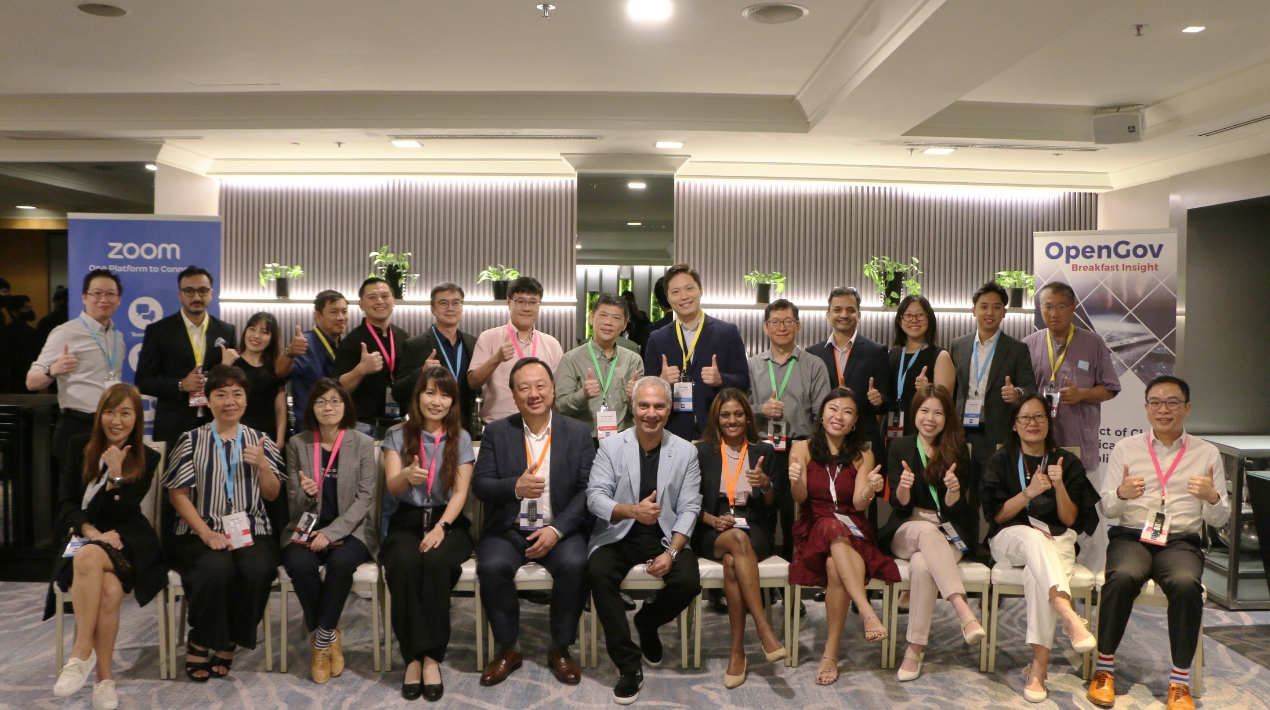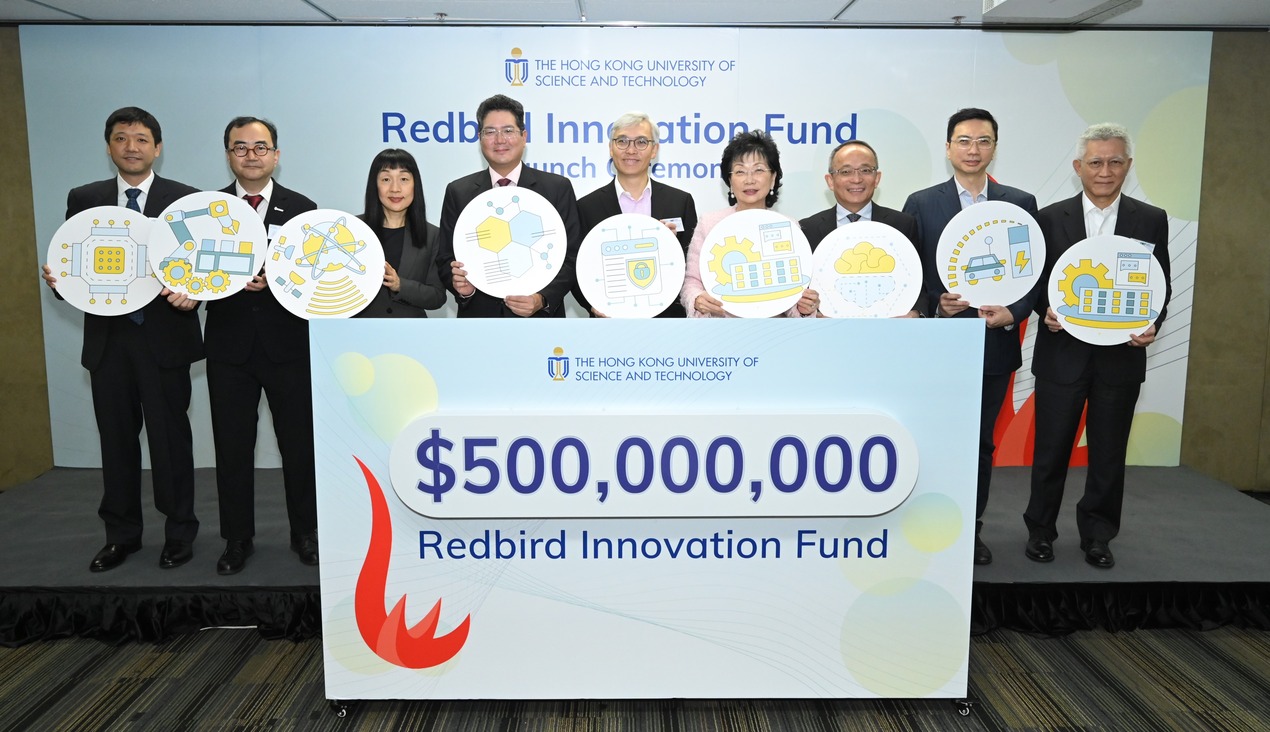
The global spread of COVID-19 has been a disaster of unparalleled proportions. Not only has it halted the world economy, but it has also made even the most optimistic leaders reconsider how soon things would return to how they were before the outbreak.
Even as the pandemic disrupted businesses and services around the world, a sudden and dramatic increase in internet consumption was observed. Businesses had to shift to digital communications and tools as the key medium for maintaining productive and interesting relationships with their many stakeholders – internal and external.
While the private sector was quicker to alter procedures in the early phases of the pandemic, the public eventually successfully adapted and innovated to continue citizen service delivery. Of course, early on, most governments rapidly put into place digital communication and emergency response platforms.
By allowing users to access their data and applications from any internet-connected device, cloud computing expands the scope of digital transformation beyond simple technology adoption to encompass a comprehensive redesign of all related procedures, resources and user interactions.
The cloud and digital transformation are now inextricably linked. Organisations across the board need to adopt a cloud-first strategy if they want to ensure the longevity of their operations and realise their transformation objectives.
Most organisations and agencies have benefited from the digital change, but some industries are behind the curve. To keep up with the fierce competition in their industries, they must guarantee the reliable operation of the cloud communication platforms that serve as a direct line of contact between the organisations and their consumers and aid in the promotion of their offerings.
The OpenGov Breakfast Insight on 25 November 2022 at M Hotel Singapore provided Singapore’s public, education, financial and healthcare sectors with the advantages of the most recent cloud technology.
Simplifying Things via Cloud Communication

Mohit Sagar, CEO & Editor-in-Chief, OpenGov Asia believes that the cloud has transformed the way organisations communicate, cooperate and carry out many other critical business and service functions.
Cloud communications are voice and data communications solutions that organisations employ to manage cloud-hosted applications, storage and switching.
“Cloud communications services are becoming an increasingly intrinsic choice for organisations looking to streamline their operations and enable their remote workforces to stay connected and productive,” observes Mohit.
Cloud communications enable organisations to interact with their employees and customers over many channels, including email, audio calls, chat and video. All of these leverage internet-based connectivity to minimise faulty connections and lag in communication.
This communication model has become the go-to option for addressing the growing need for efficient internal communications in the hybrid workplace. As numerous workers are returning to the office, and for many of those who have remote work capabilities, hybrid work arrangements are swiftly becoming the new standard.
Organisations are figuring out ways to make hybrid work as interesting and effective as they can. Leaning into what is working, changing what is not working and adapting as lessons are gained are the first steps in creating an effective hybrid strategy, work environment, and culture.
Employee access to the system from anywhere on any device is the need of a mixed work environment. Regardless of the apparatus they are using or their location, employees need to be able to connect to the system.
“User-friendly features in cloud communications make it simpler for staff to become used to the technology,” Mohit explains. “Up until now, better work-life balance, more effective time management, control over working hours and location, prevention of burnout and higher productivity have been the main benefits of hybrid work.”
Having the appropriate tools to be productive at work, feeling less a part of the organisation’s culture, poor cooperation and relationships, and disturbing work processes are some of the biggest obstacles to hybrid work.
Apart from the initial expenditure, virtual meetings result in reduced expenses because of the decline in maintenance and transportation costs. Moreover, integrations of cloud telephony enable companies to place and receive calls from any device that is connected to the Internet.
This means that cloud communications can potentially maximise resources for organisations. Procedures, implementation and adaptability can all be accelerated with a cloud communications strategy, which also offers limitless high-volume information transmission.
According to Mohit, cloud communications must have robust security components to ensure compliance with data privacy laws and the security of all stakeholders. “To assist in safeguarding data in the cloud, emerging cybersecurity tools should also be taken into account.”
These include Artificial Intelligence (AI) for IT Operations (AIOps) and Network Detection and Response (NDR). Both programmes gather data on the security and stability of cloud infrastructure. After data analysis, AI notifies administrators of any unusual behaviour that might represent a threat.
Ultimately a well-thought-out cloud communication strategy with strong security features can serve organisations and gain a competitive advantage in an increasingly digital landscape and VUCA environment.
Welcome Address

According to Lucas Lu, Head of Asia, Zoom, if communication fails to give the greatest possible experience, everyone suffers – from employees to consumers to investors. And neglecting to address this essential avenue has ever-worsening implications.
Organisations are going through some significant changes, he explains. The first is in the general business environment. Organisations are under tremendous pressure to boost efficiency, adapt fast as competition rises and keep up with the rapid pace of innovation and technological advancements.
This problem is becoming even more pressing because of economic uncertainties. Furthermore, solving these problems requires effective communication between consumers, prospects and staff.
The workforce is likewise seeing a paradigm shift. People desire the option of remote employment and are asking for the cutting-edge equipment and communication systems they need to do their jobs.
HR managers concur that a high-performing workplace’s future requirements would include collaboration, regular communication and a mentorship culture between managers and teams. “You run the risk of losing the ‘War for Talent’ if you don’t deliver,” Lucas asserts.
With every new tool and software that is made available, communication becomes more difficult and complex. Employees, clients and potential consumers are just a few of the stakeholders who have preferences and expectations about how, when and where they conduct business.
Due to this, many businesses choose their battles carefully when it comes to facilitating communication. They follow a variety of routes, including:
- Maintaining already-established systems that are deemed adequate
- Making use of the fundamental, built-in communication capabilities that are provided with other software packages, even if they don’t entirely satisfy the organisation’s demands
- Using different approaches based on the circumstances. You might, for instance, employ one communication tool for internal cooperation and another for clients, investors, and outside events
“All these strategies are meant to provide organisations with fundamental communication,” says Lucas. “These methods provide some flexibility, but they also change the environment for prospects, employees and consumers. People are compelled to alternate between various options based on their needs as a result.”
This causes unneeded annoyance, rework, expenditures and misunderstanding. Employees may feel alienated and impatient. Customers’ interactions with the brand are disorganised and unprofessional. And various instruments frequently make business slower.
In this uncertain business environment, organisations that can move beyond basic communication into universal communication have extraordinary potential. They can develop intuitive connections to all parties, employees, customers and investors, regardless of location, technology or business activity.
This will be accomplished by integrating the individual and organisational connection demands that will result in a) Delivering a consistent and quality experience for all participants, b) Making human connection effortless, and c) Enabling rapid innovation to maintain relevance.
These results may:
- Satisfy both the primary business requirements and the consumers’ expectations
- Redirect internal resources from managing communications to new services and capabilities; and
- Increase the marketability and perceived agility within the organisation and in the market.
An organisation’s reputation is directly related to the quality of its communication services. In addition to the fact that employees, clients and customers can work remotely, those returning to the office do not t want to compromise on the at-home office environment to which they have grown accustomed.
Organisations must adapt to this new hybrid environment to guarantee that everyone receives high-quality service regardless of circumstance or location. Expectations are simply greater and it is unacceptable if a session fails due to dropped participants or subpar audio or video.
“With Zoom, you may use a top-notch infrastructure that is specially made to prevent failures to safeguard your company from communications disruptions. You eliminate a work-limiting unpredictability risk by doing this,” Lucas says confidently.
When communications are down nowadays, it is impossible to conduct business. Hence, organisations may provide a controlled experience by enabling their staff to work without being concerned about the underlying technology. Additionally, they can analyse the underlying cause of any problems in their surroundings and take preventative measures.
With this, employees can concentrate on their work without unneeded interruptions or ambiguity and will have faith that the communication solution their organisation has deployed will work as planned.
“Partnering with Zoom enables quick innovation to keep up with the times. You can take advantage of a constant flow of fresh features that correspond to actual user requirements,” Lucas says. “Moreover, by frequently communicating with their support group, organisations will rapidly realise what is possible.”
Fireside Chat: How to Prepare for the Transition to the “Cloud Culture”

Geetha Gopal, Head of Infrastructure Projects Delivery and Digital Transformation, Panasonic Asia Pacific believes that every day, new technologies emerge and the culture of change is driving a paradigm shift for which an organisation must be prepared.
“As the COVID-19 outbreak rocked the world and we were unsure of what to do, our investments in technology became our strength,” says Geetha.
As the trend toward digitisation of remote work transforms the traditional office culture, a cloud culture has evolved. Likewise, cloud computing has become a competitive advantage for these organisations.
Every step toward better efficiency in the manufacturing sector increases competitiveness. Because of this, the industry’s embrace of cloud communications has become a crucial turning point. Cloud communications have changed the game for manufacturing by enabling increased efficiency while lowering IT expenditures.
“Cloud computing is the future, and organisations are successfully transitioning from the traditional office culture to the cloud culture,” Geetha says firmly.
Streamlining operations using scalable technological solutions for essential tasks and process optimisation not only helps reduce costs but also frees up time for businesses to devote to value-adding endeavours.
This is crucial now more than ever as operations teams struggle to keep up with the quickening speed of product and investment strategy development being observed among clients.
The new service-focused, client-centric operating model for investment operations will be made possible by technology, data and scalability. Organisations need to realise that the greatest way to prepare for the future is to create it as they deal with this period of constant innovation.
As a result, operations leaders who are taking steps to redesign, reinvent and adapt their operations may ultimately be in a stronger position.
Geetha emphasises that collaboration, communication and connectivity are crucial for success in today’s work environment. The key to maximising these contacts is digital communication. “For efficient communication and productivity, your company primarily depends on specific systems, platforms, and applications.”
More organisations are understanding the enormous advantages of migrating their systems to the cloud as technology continues to progress. In addition to allowing organisations to remain relevant in a competitive market, innovation plays a vital role in economic growth. Innovations are required to solve key problems.
One of the tactics that may be employed to save money while maximising organisational resources and extending communication skills and reach is advance planning.
An advantage of cloud communications for aiding staff members in a hybrid workforce is the reduction in time spent travelling to the workplace. Employees can save time travelling with the hybrid model simultaneously offering the chance to be more productive.
Despite the importance of enabling technology, it is the human workforce that will not only execute the organisation’s digital transformation strategy but also ensure its long-term success.
Guaranteeing that personnel are up to the task, however, needs not only technical training but also a radical transformation in thinking and decision-making.
It is important to focus on organisational culture by changing the management programme and making concerted efforts to close the gap between the internal aspect and employees.
Organisations that are unable to develop and achieve new goals that will assist their employees and business to thrive are those that are unwilling to alter existing practices.
“The pandemic can no longer be an excuse or the reason – remote work is here to stay. If we want skilled employees then we need to concentrate on their needs – we must empower our employees,” Geetha concludes.
Closing Remarks
Lucas believes that every problem has a solution since most organisations fail to connect their strategy to their innovation objectives. “Change is a constant process, and what we say today might leave a legacy tomorrow. Any plan for digital transformation, in our opinion, must be built around digital innovation.”
The road of digital transformation must involve a competitive advantage that can only be sustained by introducing innovations and contemporary methods if it is to stay modern and please clients with cutting-edge goods and services.
For every change, there is a call for managerial backing to be successful and transformative. Zoom is happy to discuss how digital transformation budgets differ from traditional business or IT budgets to meet the demands of any organisation.
Lucas believes that cloud computing is transforming not only how many organisations access and store data, but also how many of these businesses run. It provides greater protection, flexibility, data recovery, minimal to no maintenance and ease of access.
“Although many people used to hesitate the cloud computing, they have now realised how important it has become to organisations,” Lucas has observed.
Mohit believes that changes in computers and how technologies are distributed are altering the ecosystem, especially for those who work in a hybrid environment. He encourages delegates to start establishing a strategy to utilise the cloud’s benefits for their businesses and services. “Organisations should determine the types of cloud services for which you require solutions, then meet with cloud service providers to determine the best long-term match.”
Both public and private organisations benefit from the adaptability, efficiency, scalability, security, improved collaboration and cost savings that cloud computing offers. “The COVID-19 pandemic has accelerated cloud adoption, but it is anticipated that cloud computing is here to stay, especially since hybrid work assumes a central role,” Mohit concludes.
















